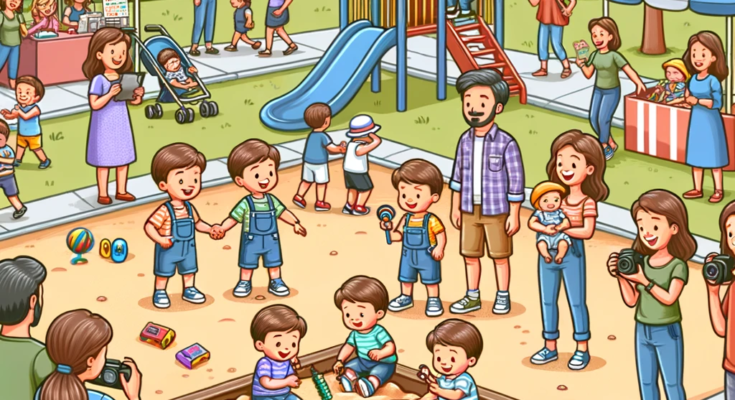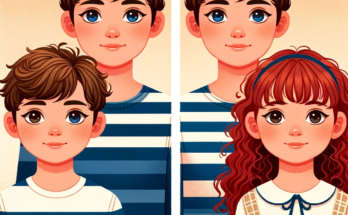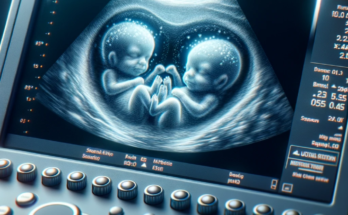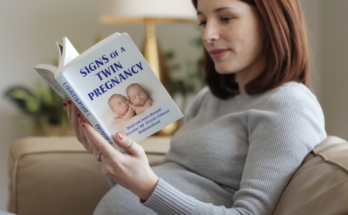Recently it seems that everywhere I look, I see twins. At church, school, the park and even on television — twins are everywhere! I can’t help but wonder if this apparent increase in twin pregnancies is real or just my imagination.
Multiple births are on the rise: an actual, perceived or imagined occurrence?
As a parent of twins, my first inclination is to blame the apparent twin baby boom on my own attentiveness. If a set of twins were in front of me in the grocery line during what I like to call my B.T. (before twins) years, I probably wouldn’t have noticed. Now days though, I can spot a pair of twins in a shopping cart on the other side of Costco.
The celebrity factor also comes into play here. Any connoisseur (like me) of fine gossip websites and trashy entertainment television can’t help but notice how many famous people have been popping out twins lately. While famous twin pregnancies probably make for more interesting headlines than famous singleton pregnancies, the increase seems like more than just media hype.
There is also the possibility that I am just going crazy and seeing sets of twins that aren’t actually there. Probably not the case, but as a parent of twins you can never be sure.
Twin and multiple birthrate statistics
With my own mental health in question, I took to researching the actual numbers. To my surprise (both at not being insane and the sheer magnitude of the number), the multiple birth rate in the U.S. has risen in recent years. In fact, it has risen quite astonishingly! According to a report by the National Center for Health Statistics the twin birth rate increased by 70 percent from 1980 to 2004. This chart shows the multiple birthrates by year from 1980 to 2007.

Why the increase in multiple births?
After first reading about the dramatic increase in multiple births between 1980 and 2004 I found myself wondering, “what’s going on here?” Is there some type of genetic mutation taking place? Are humans evolving to a point where multiple births are the norm? In fact, the actual cause is much less sci-fi and much more science.
The large, extended rise in twin and triplet/+ births during the 1980s and 1990s has primarily been attributed to two related factors—older age at childbearing, because women in their 30s are more likely than younger women to conceive multiples spontaneously; and the growing availability and use of fertility-enhancing therapies.
Another interesting statistic is that 40% of all multiples born in 2005 are estimated to have been conceived using some form of assisted reproductive technology (ART) or non-ART therapies.
The leveling off in the twinning rate after 2004 is accredited to new guidelines published in the late 1990s by the American Society of Reproductive Medicine. These new guidelines were intended to reduce the incidence of triplet births resulting from ART by limiting the number of embryos transferred.
So we in fact are seeing more twin parents now than in years past. What’s more, those parents are older than ever before.
National Vital Statistics Report 2010 via the National Center for Health Statistics




